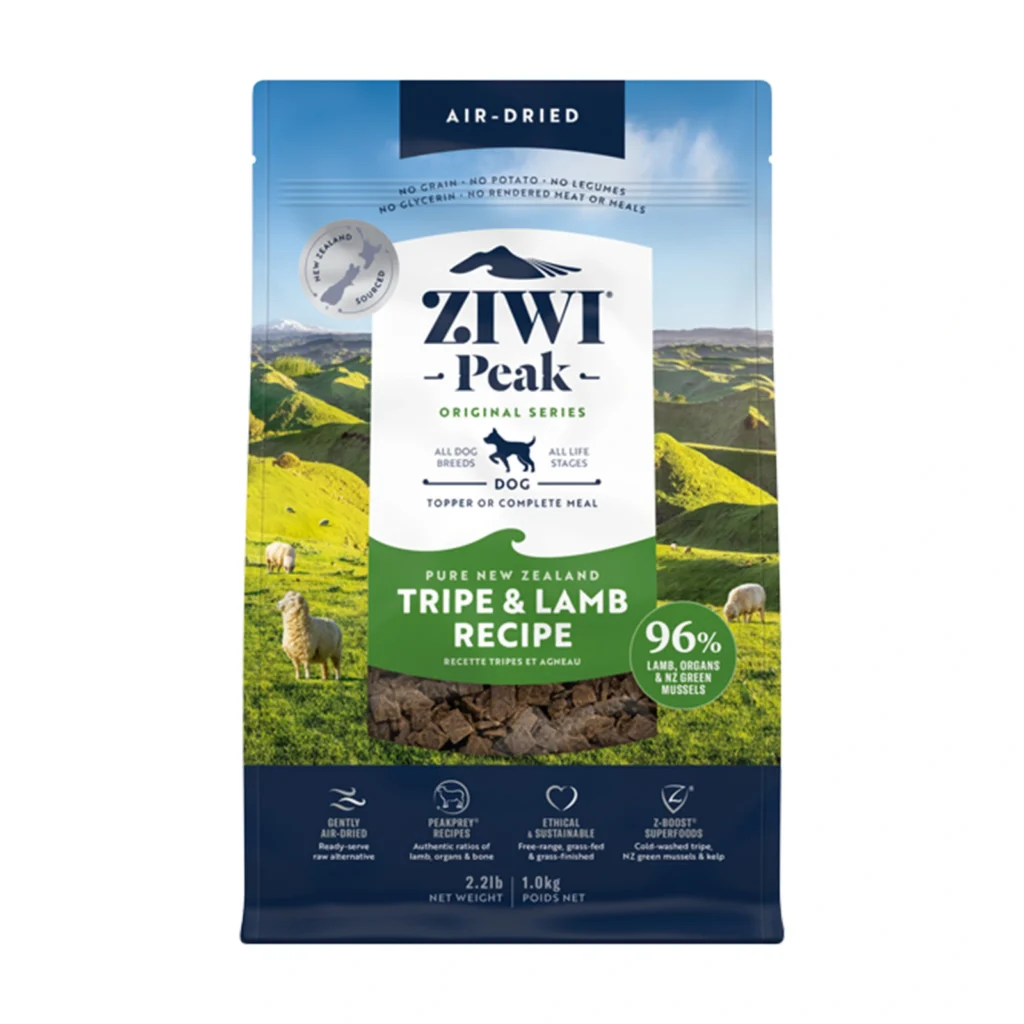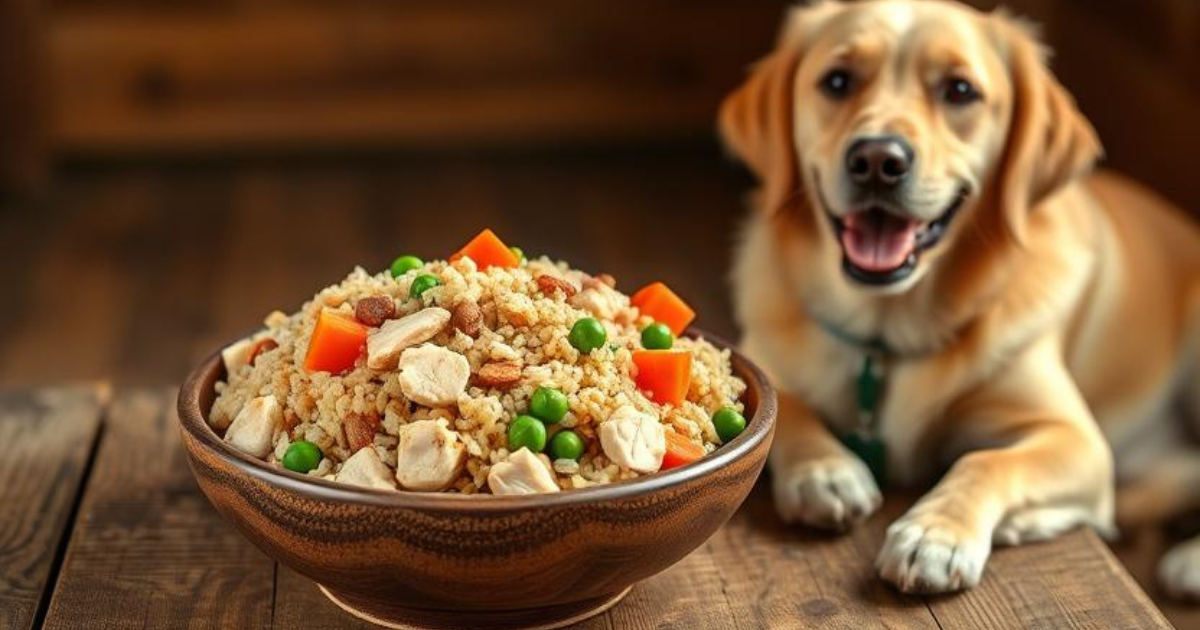The Complete Guide to Minimally Processed Dog Food: Transform Your Pet’s Health in 2025
Table of Contents
Are you overwhelmed by the endless array of dog food marketing terms flooding pet store aisles? Kibble, fresh, raw, freeze-dried, gently cooked—it’s enough to make any caring pet parent’s head spin. You’re not alone in feeling confused about what’s truly best for your furry family member.
The pet food industry has exploded with options, but one category is gaining serious momentum among veterinarians and pet nutritionists: minimally processed dog food. This isn’t just another marketing buzzword—it’s a science-backed approach to canine nutrition that could transform your dog’s health.
In this comprehensive guide, you’ll discover exactly what minimally processed dog food is, explore the four main types available, understand the real benefits backed by veterinary science, learn how to choose the perfect option for your dog, and get expert recommendations for the best brands of 2025. Let’s cut through the marketing noise and give you the clear, actionable information you need to make the best choice for your beloved companion.
What is Minimally Processed Dog Food? (A Simple Definition)
Think of it like the difference between a home-cooked meal made from fresh ingredients versus a highly processed TV dinner. Both are food, but one retains far more of its natural nutritional integrity.
Minimally processed dog food refers to pet nutrition that undergoes the least amount of industrial processing possible while maintaining food safety. Unlike traditional kibble, which is subjected to extreme heat (often exceeding 300°F) during extrusion, minimally processed options use gentler methods that preserve the natural nutrients, enzymes, and bioavailability of whole food ingredients.
This approach mirrors the growing trend toward clean ingredient dog food that pet parents are demanding—the same transparency and quality standards we expect for our own meals. The goal is simple: maintain the nutritional integrity of ingredients while ensuring the food is safe, convenient, and palatable for dogs.
The 4 Types of Minimally Processed Foods: A Head-to-Head Comparison
| Food Type | How It’s Made | Pros | Cons | Best For | Average Cost |
|---|---|---|---|---|---|
| Freeze-Dried Raw | Raw ingredients frozen and moisture removed via sublimation | Preserves maximum nutrients; lightweight; shelf-stable; convenient | More expensive; requires rehydration; some dogs need transition time | Travel; picky eaters; maximum nutrition | $$$ |
| Dehydrated | Gently heated (95-145°F) to remove moisture | Lightweight; affordable; easy storage; good nutrient retention | Longer prep time; less nutrient density than freeze-dried | Budget-conscious owners; camping/travel | $$ |
| Gently Cooked (Fresh) | Cooked at low temperatures (sous-vide style); high moisture content | High palatability; easy digestion; fresh ingredients | Requires refrigeration; shorter shelf life; higher cost | Dogs with sensitive stomachs; convenience seekers | $$$ |
| High-Pressure Processing (HPP) Raw | Raw food treated with high pressure to eliminate pathogens | Safety of cooked with benefits of raw; maintains texture | Limited availability; expensive; requires freezer space | Raw feeders concerned about safety | $$$$ |
This comparison immediately shows you how each type fits different lifestyles and budgets, something traditional pet food guides often miss.
The Science-Backed Benefits: Why Vets Are Recommending It
The shift toward minimally processed options isn’t just a trend—it’s grounded in nutritional science that’s changing how veterinarians think about canine nutrition.
Higher Nutrient Bioavailability
Less heat means vitamins aren’t destroyed during processing. Traditional kibble manufacturing can destroy up to 40% of heat-sensitive vitamins like vitamin C and B-complex vitamins. Minimally processed foods retain these crucial nutrients in their natural forms, making them more easily absorbed by your dog’s digestive system.
Improved Digestion
Whole food ingredients are easier for a dog’s gut to recognize and process. When ingredients maintain their natural structure, dogs’ digestive enzymes can work more efficiently, leading to better nutrient absorption and often smaller, firmer stools.
Healthier Skin & Coat
Rich in natural fatty acids that aren’t stripped away by high-heat extrusion. Omega-3 and omega-6 fatty acids remain intact and bioactive, supporting skin health, coat shine, and reducing inflammation.
Fewer Fillers & Allergens
Focuses on meat and vegetables, not corn, wheat, or mystery “meal.” Most minimally processed foods emphasize clean ingredient dog food principles, using identifiable whole foods rather than processed by-products.
Expert Insight: “We’re seeing a clear shift as owners demand the same food transparency for their pets as they do for themselves. The results in coat quality, energy levels, and digestive health are often remarkable when dogs transition to minimally processed diets.”
— Dr. Sarah Mitchell, DVM, Certified Canine Nutritionist
The “Humanization” Trend: Why This Isn’t Just a Fad
The pet food industry is experiencing what experts call the “humanization” of pet nutrition. This consumer-led movement reflects our evolving understanding of the human-animal bond and our desire to provide the same quality standards for our pets that we demand for ourselves.
Pet parents are increasingly reading ingredient labels, questioning processing methods, and seeking transparency from manufacturers. This isn’t a passing trend—it’s a fundamental shift in how we view our pets’ nutritional needs. The healthy homemade dog meals movement has grown alongside this awareness, with many pet parents seeking commercial options that mirror the quality of home-prepared foods.
How to Choose the Right Food for YOUR Dog (A 3-Step Guide)
Step 1: Consider Your Dog’s Needs
- Age: Puppies need higher calories and specific nutrients for growth
- Breed Size: Large breeds benefit from controlled calcium for proper bone development
- Health Conditions: Dogs with allergies, kidney disease, or diabetes may need specialized formulations
- Activity Level: Working dogs require higher protein and fat content
Step 2: Consider Your Lifestyle
- Budget: Minimally processed foods typically cost 2-4x more than traditional kibble
- Storage Space: Fresh and frozen options require refrigerator/freezer space
- Convenience: Some options require preparation time or refrigeration during travel
- Preparation Time: Freeze-dried and dehydrated foods need rehydration
Step 3: How to Read the Label
- First Five Ingredients: Should be recognizable whole foods (chicken, sweet potato, peas)
- Protein Source: Named meat should be the first ingredient
- Avoid: Unnamed meals, excessive fillers, artificial preservatives
- Look For: AAFCO nutritional adequacy statement
The Best Minimally Processed Dog Foods of 2025 (Reviewed & Ranked)
Best Overall Gently Cooked: The Farmer’s Dog
Why We Love It:
- Human-grade ingredients
- Customized portions based on your dog’s profile
- Excellent palatability for picky eaters
- Convenient home delivery
- Price Range: $$$
Best Freeze-Dried for Travel: Stella & Chewy’s Freeze-Dried Raw
Why We Love It:
- Lightweight and shelf-stable
- No refrigeration needed
- Multiple protein options
- Easy rehydration process
- Price Range: $$$
Best Budget-Friendly Option: Honest Kitchen Dehydrated
Why We Love It:
- More affordable than other minimally processed options
- Good ingredient quality
- Long shelf life
- Easy preparation
- Price Range: $$
Best for Dogs with Allergies: Ziwi Peak Air-Dried
Why We Love It:
- Limited ingredient formulas
- Single protein options available
- No common allergens (grains, chicken)
- High digestibility
- Price Range: $$$$

Making the Switch: A Step-by-Step Transition Plan
Transitioning to minimally processed dog food requires patience to avoid digestive upset. Follow this proven 7-day schedule:
| Day | Old Food | New Food | Notes |
|---|---|---|---|
| 1-2 | 75% | 25% | Monitor for any digestive changes |
| 3-4 | 50% | 50% | Most dogs adjust well at this ratio |
| 5-6 | 25% | 75% | Watch for improved energy and coat |
| 7+ | 0% | 100% | Full transition complete |
Pro Tips:
- Go slower if your dog has a sensitive stomach
- Some dogs may need 10-14 days for full transition
- Maintain consistent feeding times
- Monitor water intake (fresh foods have higher moisture content)
Frequently Asked Questions (FAQ)
Is minimally processed dog food safe?
Yes, when purchased from reputable manufacturers. Most minimally processed foods undergo safety testing and follow HACCP (Hazard Analysis Critical Control Points) protocols to ensure pathogen elimination while preserving nutrition.
Is it more expensive?
Typically, yes. Expect to pay 2-4 times more than traditional kibble. However, many pet parents find the improved health benefits and often smaller feeding amounts help offset the higher cost.
Can I mix it with kibble?
Absolutely. Many pet parents use minimally processed food as a topper or mix it 50/50 with high-quality kibble to balance cost and nutrition.
How long does it last once opened?
- Fresh/refrigerated: 3-5 days
- Freeze-dried: 30 days (rehydrated portions should be used within 2 hours)
- Dehydrated: 30 days in sealed container
- Frozen: 6-12 months
Will my picky eater like it?
Most dogs find minimally processed foods more palatable than kibble due to stronger aromas and flavors. The higher moisture content and meat concentration typically appeal even to finicky eaters.
Take the Next Step Toward Better Nutrition
The journey toward minimally processed dog food doesn’t have to be overwhelming. Start small—perhaps try a freeze-dried topper or transition gradually to a gently cooked option. Your dog’s improved energy, shinier coat, and better digestion will likely convince you that this investment in their health is worthwhile.
Remember, the best diet is one that fits both your dog’s nutritional needs and your lifestyle. Whether you choose healthy homemade dog meals or high-quality commercial minimally processed options, you’re taking a significant step toward giving your furry family member the nutrition they deserve.


